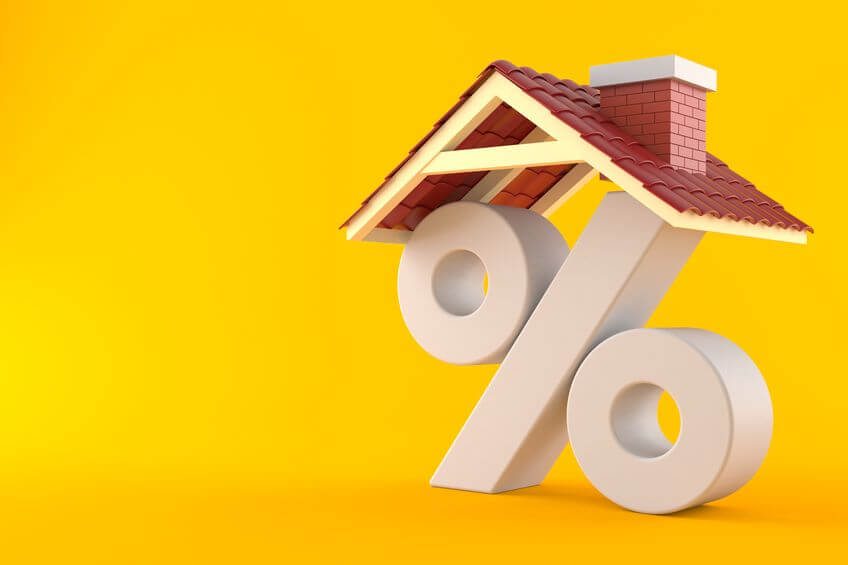What is Secured Loan?
A secured loan has added security and benefits over an unsecured loan – but from the lender’s point of view.
A secured loan is normally secured against your home; meaning if you are unable to repay the loan, they could (in theory) force the sale of the property or take their share of the proceeds should you sell it voluntarily. That’s why such loans are offered for greater amounts for longer periods, the risk is lower than an unsecured loan.

A secured loan is a priority debt as the consequences on no payment are more serious than for an unsecured loan.
First charge
Secured loans and mortgages mean the same thing. Generally, the term mortgage is used to describe the loan taken out to allow you to purchase the property. This is also known as the first charge.
Second charge
A secured loan, also called a homeowner loan, is normally a loan taken out once you already own the property. If there already is a mortgage in place the next secured loan is called the second charge.
When a property is sold with loans secured against it, the first charge holder takes money due to them from the proceedings, then the second charge holders. The seller receives whatever equity remains.
Equity is the value of your home less the outstanding balance of any loans secured against it.
When an unsecured debt becomes secured
If you have an unsecured loan and a lender already has a court order in place to enforce payment, they can apply to the court to get a charging order over your property. This means the debt becomes secured.
When a secured debt becomes unsecured
Shortfalls on repossessed items
If your home or other assets have been repossessed and sold, there may be a shortfall for which you remain responsible. In other words, the sale does not cover all the debts secured on it. Such debts are unsecured and can be included in an IVA as a debt that is subject to negotiation.
Secured Loans and IVAs
In an IVA, ongoing secured loan payments and any arrears are expenditure items in the IVA, which are budgeted for to ensure affordability.
In the context of an IVA, debts are referred to as either an expenditure item or included as a creditor.
An expenditure item
When entering into an IVA, a calculation is made to determine your available disposable income. This establishes how to much you to have to pay towards your non-priority debts once you've paid for your living expenses, important obligations and priority debts. Your available disposable income is how much you pay into the IVA.
So, priority debts and other important obligations are said to be excluded from an IVA but are an expenditure item used to determine the IVA payments.
Included as a creditor
A creditor in an IVA represents a negotiable debt. It is these debts which are said to be included as a creditor in the IVA and cleared once the IVA completes.